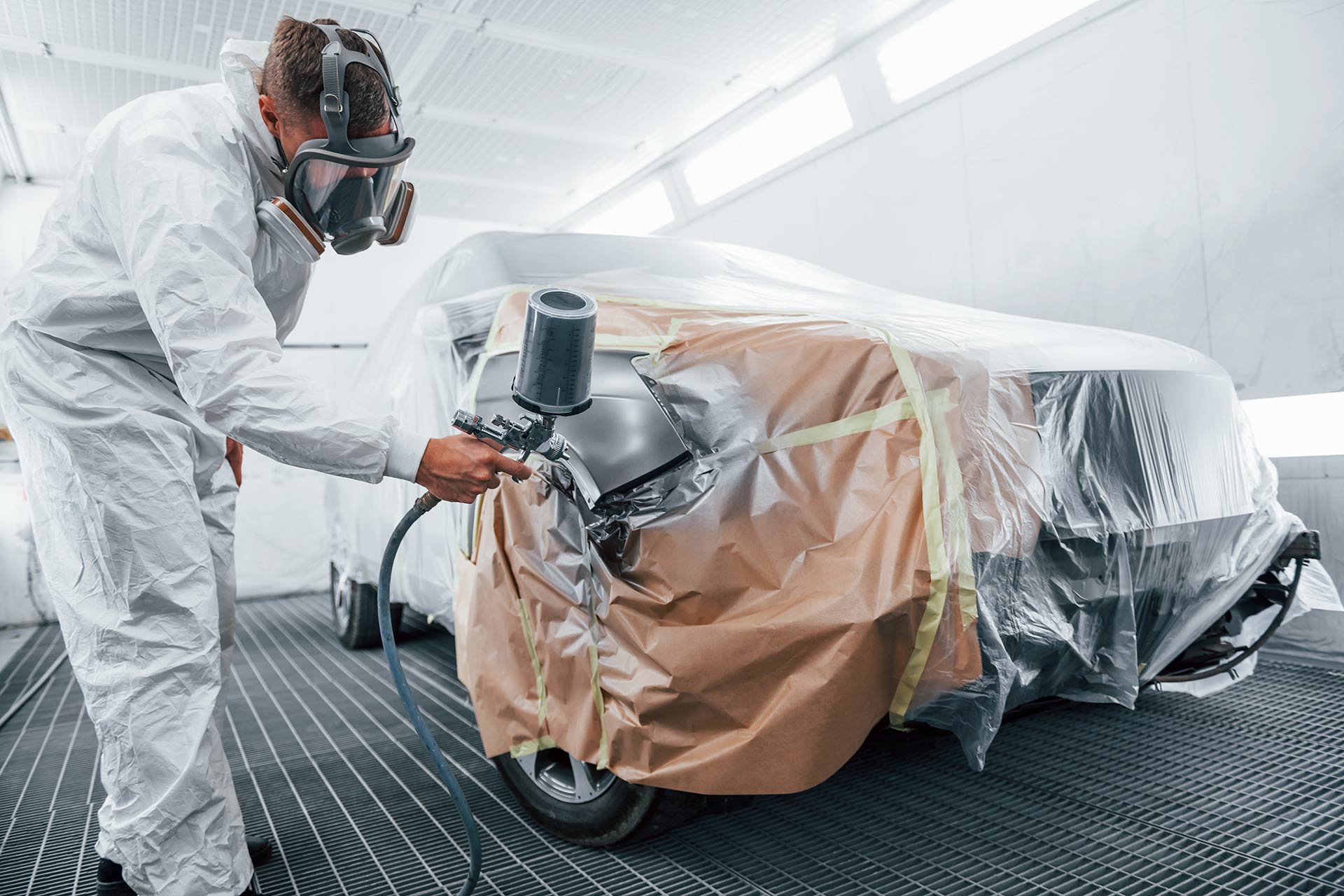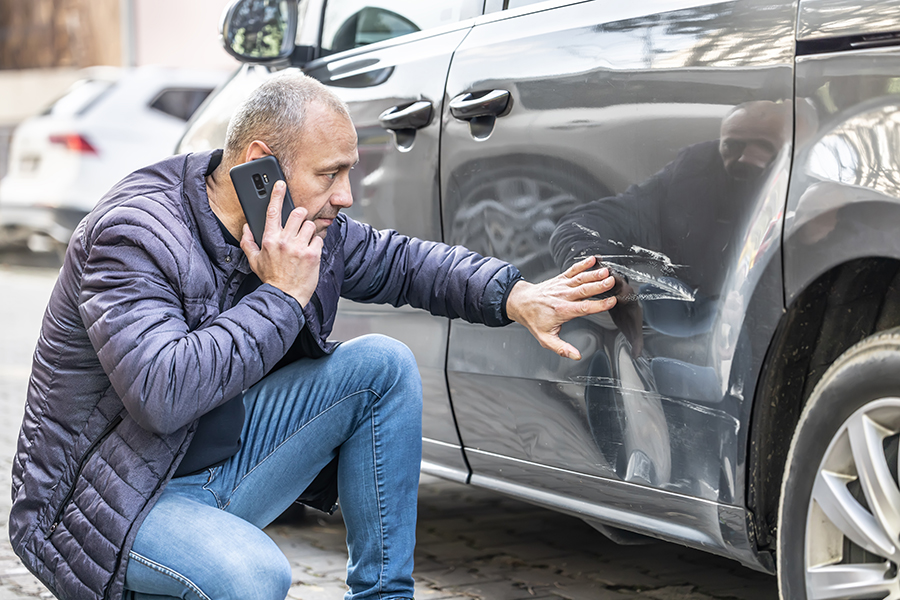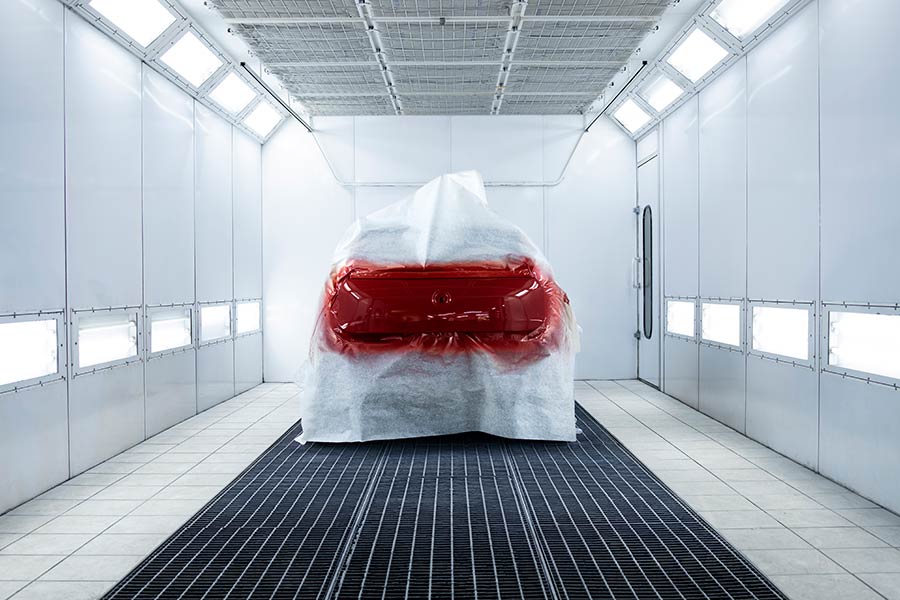Fender replacement isn't just about fixing a part of your car; it's a nod to preserving automotive history and ensuring your vehicle looks its best. Over the years, fenders have evolved from mere mudguards to integral parts of a car's aesthetic appeal and safety features. Whether you're dealing with rust, a collision aftermath, or simply aiming for an upgrade, understanding the importance of this component is crucial. This guide dives deep into why replacing your fender is more than a cosmetic fix—it's an essential step in maintaining your vehicle’s integrity and value.
Key Takeaways
- Fender replacement is a crucial step in maintaining your car's look and safety; understanding its process helps in making informed decisions.
- Following a detailed guide for fender replacement ensures the job is done right, saving time and money in the long run.
- Restoring your car’s aesthetics after fender damage not only brings back its original beauty but also maintains its value.
- Taking steps to prevent future fender damage, such as parking carefully and using protective coatings, can save you from repeated repair costs.
- Choosing the right repair shop, especially in a city like Los Angeles, is key to getting quality service and avoiding overcharges.
- Always consider the experience, reputation, and customer feedback of a repair shop before making your choice to ensure your car is in good hands.
Understanding Fender Replacement
Assessing the Damage
To start, look closely at your fender. You can see and feel how bad the damage is. Ask yourself if it affects how the car works or keeps you safe. Also, think about how old your car is and what it's worth. This helps you decide what to do next.
etimes, a small dent might not seem like much. But if the fender doesn't fit right anymore, it could be a problem. Older cars might not be worth a costly fix.
Choosing Repair or Replace
Next, think about costs. Fixing might be cheaper than getting a new fender. Yet, sometimes replacement is better in the long run. It depends on how bad the damage is.
Also, consider how long each option takes. A quick fix might sound good but think about your car's value too. A new fender could make your car sell for more later on.
Choosing isn't just about money or time. It's also about keeping your car's value up.
Navigating Insurance Claims
First, take pictures of the damage from different angles. These photos are key for insurance claims. Know what your insurance covers for this kind of damage.
Talk to your adjuster about where to get your car fixed. They might have suggestions or requirements.
Detailed Guide to Fender Replacement
Step-by-Step Repair Steps
First, remove the damaged fender with care. This prevents harm to surrounding areas. Use the right tools and take your time.
Next, prepare the new fender. Make sure it's a perfect match for your car's model and year. This ensures a smooth installation process.
Finally, attach the new fender securely. Double-check its alignment and fit. It should sit perfectly without gaps or misalignments.
Frame and Wheel Alignment
Inspect the vehicle's frame for any damage. A hit on the fender can sometimes bend the frame.
Also, check if the wheel alignment is off due to the fender damage. Misalignment can cause driving issues.
Fix any frame or alignment problems before you finish with the fender repair. This ensures your car drives safely and smoothly.
Bumper Techniques
Often, bumpers get damaged along with fenders. Look over your bumper for any signs of impact.
If needed, use special tools to fix or replace the bumper. Make sure it matches your new fender in paint and finish.
This step is crucial for maintaining your car's appearance and safety features.
Airbag System Checks
Ensure that airbag sensors were not affected by the fender damage. If sensors are near the fender, getting a professional check is wise.
After repairs, all safety systems must work properly. This includes airbags, which are vital in accidents.
Aesthetic Restoration After Fender Damage
Paint Matching
To ensure a perfect color match, use the vehicle's VIN to find the exact paint color code. This step is crucial for a seamless look. Apply primer, then the base coat, and finally, a clear coat. Each layer must dry completely before applying the next one. This process guarantees a smooth and matching finish.
Smoothing Out Dents
For minor dents, dent pulling tools are very effective. They can make the fender look as good as new. For deeper dents, body filler becomes necessary. After applying it, sand the area until it's perfectly smooth. Only then is it ready for painting. This ensures that the surface will not show any signs of damage once painted.
Polishing the Finish
After painting, buffing is essential to remove any imperfections in the paint job. Then, polish the fender to achieve a glossy finish that blends with the rest of the car. Finally, protect your hard work with a wax or sealant layer. This not only makes the fender shine but also protects the new paint from elements.
Preventing Future Fender Damage
Safe Driving Tips
Maintaining a safe distance from other vehicles is key. This simple act can prevent many fender benders. Also, being aware of your car's blind spots helps avoid unnecessary damage when parking or changing lanes.
Regular checks on tire pressure and alignment are crucial. They play a big role in preventing accidents that could harm your fender.
Regular Maintenance Checks
Inspecting fenders for early signs of rust or damage should be part of routine maintenance. Catching these issues early can save time and money later.
Cleaning your fenders regularly prevents dirt buildup, which can lead to scratches. Also, check for loose fender attachments. Securing them promptly can avoid further damage.
Protective Accessories
Installing fender flares or guards provides an extra layer of protection against minor scrapes and bumps. For added scratch resistance, consider applying paint protection film to your fenders.
Mud flaps are also beneficial. They minimize the impact of debris and dirt on your fenders, keeping them in better condition over time.
Choosing a Repair Shop in Los Angeles
Shop Selection Criteria
When you need a fender repair, choosing the right shop is crucial. Look for one with certified technicians who specialize in fender repairs. This ensures they have the skills needed.
Shops that offer a warranty on their work give you peace of mind. If something isn't right, they'll fix it at no extra cost.
Turnaround time matters too. You want your car back fast without sacrificing quality. Good customer service shows they value your satisfaction.
Verifying Shop Credentials
Certifications matter. Shops certified by automotive organizations meet high standards.
Ask to see before-and-after photos of fender repairs. These photos show the quality of their work.
Make sure they use high-quality materials and parts. This affects how long your repair lasts.
Evaluating Customer Reviews
Online reviews can tell you a lot. Focus on those that talk about fender repairs specifically.
Look for comments on the quality of work and how customers were treated. Happy customers often mention both.
Reviews should also talk about timeliness. It's important that the shop sticks to its promised timeline.
Final Remarks
Fender replacement isn't just about fixing a part of your car; it's about restoring its soul and safeguarding its future. We've walked you through understanding the need, the detailed steps for a successful replacement, how to bring back the aesthetic appeal, ways to prevent damage, and picking the right repair shop in Los Angeles. This knowledge arms you with the power to make informed decisions, ensuring your ride looks good and stays protected.
Now's the time to act. Don't let fender damage put a dent in your car's value or your driving pleasure. Choose a trusted repair shop and give your car the care it deserves. Remember, a well-maintained car reflects on you. Drive safe, look great, and keep your vehicle in top-notch condition. Your car's future depends on the choices you make today. Let's get started.
Frequently Asked Questions
What is involved in fender replacement?
Fender replacement entails removing the damaged fender, selecting and preparing a new one, and installing it onto the vehicle. The process ensures your car's aesthetics and structural integrity are restored.
How do I choose the right fender for my car?
Select a fender that matches your car’s make, model, and year. OEM (Original Equipment Manufacturer) parts ensure compatibility and quality but aftermarket options can be cost-effective alternatives.
Can I perform a fender replacement myself?
Yes, with the right tools and basic mechanical skills, you can replace a fender yourself. However, for perfect alignment and paint matching, professional service is recommended.
How can I prevent future fender damage?
Regular maintenance checks, safe driving practices, and parking in secure areas can significantly reduce the risk of fender damage.
What should I look for in a Los Angeles repair shop for fender replacement?
Choose a shop known for its expertise in bodywork, customer service excellence, and one that offers warranties on their work. Checking reviews and getting recommendations can guide your decision.
How does aesthetic restoration work after fender damage?
Aesthetic restoration involves repairing or replacing the damaged fender, ensuring color match with painting services, and sometimes additional detailing to restore the vehicle's original appearance.
Is it worth replacing a damaged fender?
Absolutely. Replacing a damaged fender not only restores your vehicle's appearance but also prevents potential safety hazards caused by compromised vehicle structure.
















